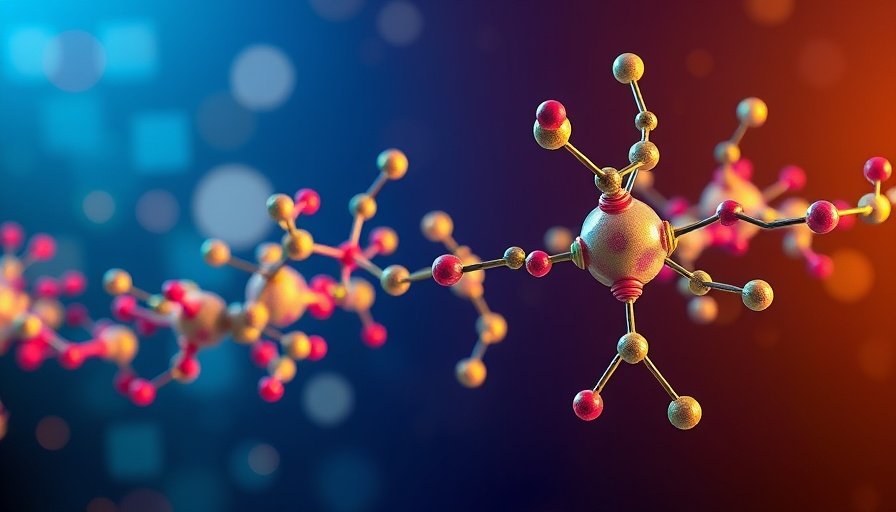
Revolutionizing Drug and Material Design with AI
Imagine a future where artificial intelligence (AI) not only aids in research but also plays a crucial role in the discovery and design of new medicines and materials. Recent advancements in long-language models (LLMs) have made this dream closer to reality. A new method developed allows users to input specific requirements in plain language—like asking for a molecule with particular properties—and receive detailed instructions on how to synthesize it. This innovative approach opens doors to customizing compounds tailored to individual therapeutic needs or unique industrial applications.
Why This Matters in Today's World
The medical and material sciences are on the verge of a renaissance. As healthcare demands increase, so does the need for more effective and personalized medicine. Traditional methods of drug discovery can take years and involve considerable resources. However, with AI-driven technologies, researchers can rapidly iterate through potential compound designs, significantly compressing timelines for drug development. This efficiency can potentially make life-saving treatments more accessible to those in need.
Bridging the Gap Between Science and Innovation
Many researchers believe that not only will this streamline the drug design process, but it will also enhance the collaborative efforts within scientific disciplines. As LLMs can analyze vast datasets, they can aid scientists in uncovering new, effective materials for a variety of uses—from sustainable manufacturing processes to patient-specific medical solutions. The implications of such technology are vast, indicating a shift toward more innovative thinking and problem-solving methods in science.
Engaging the Next Generation of Scientists
As these tools become more integrated into educational programs, we can expect a new wave of scientists who are not just consumers of knowledge but also innovators in their fields. A focus on AI and its applications in real-world scenarios will prepare young minds to tackle future challenges creatively and collaboratively. With such a promising horizon, the integration of LLMs in material and drug design is not just an evolution; it's a revolution.
 Add Row
Add Row  Add Element
Add Element 



Write A Comment